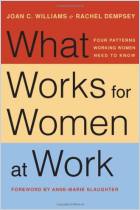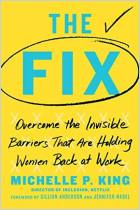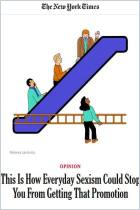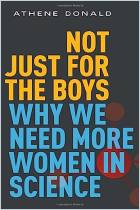
Bridging the Gender Gap
Seven Principles for Achieving Gender Balance
Recommendation
Law and business professors Lynn Roseberry and Johan Roos reviewed 60 years of gender-related research in history, law, psychology and the sciences. They interviewed students, politicians and corporate leaders. And now they report their findings to you. After introducing compelling data on the nature of the gender gap, they use each chapter to address a different common argument against “gender balance.” Their statistics are occasionally confusing or even a bit contradictory, but their discussions are impressive and sage, without being dry or boring. The authors’ solid arguments against common gender misconceptions offer executives and HR professionals new insights into positive changes they can implement. getAbstract recommends this worthy overview to businesspeople seeking to address the gender gap.
Summary
About the Authors
Litigator and gender researcher Lynn Roseberry, PhD, is a tenured associate law professor at Copenhagen Business School. Author of 15 books, Johan Roos, PhD, is a professor and the chief academic officer of Hult International Business School, based in London.

















Comment on this summary or Начать обсуждение